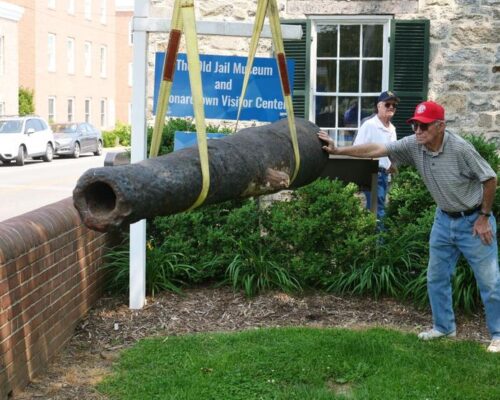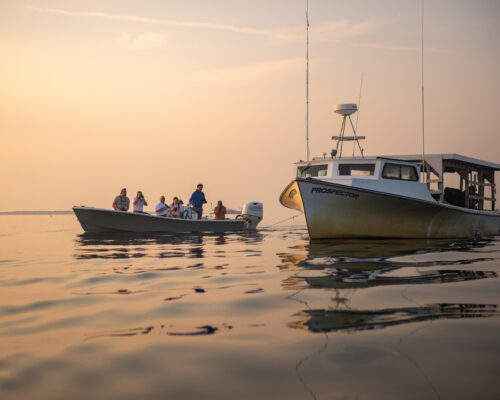Note from Rudy Lukacovic:
I separate the causes of catch and release mortality into two main factors—physical injury from deep-hooking and stress from the physiological exertion of fighting.
Without a doubt in my mind, deep-hooking is the primary cause of catch and release mortality. I base this on the empirical data from the studies we did. Short-term deep-hooking mortality is consistently 50 percent regardless of any other factor. I believe that long-term mortality is much higher. If a fish is deep-hooked in the gullet or stomach, and the hook is left in place, the hook will physically impair the fish’s ability to feed. Also, every time the fish swallows food, the hook will be moved, and it will keep open a source of infection.
Stress-related mortality is affected by water and air temperature and salinity. I realize these are not under the control of an angler but should be taken into consideration when catch and release fishing. —Rudy
by Tony Freidrich
Striped bass catch and release fishing has been the subject of an incredible amount of hearsay and conjecture. Early on in my conservation career, I was fortunate to become friends with Rudy Lukacovic, a Maryland DNR fish biologist and the foremost expert on striped bass catch-and-release mortality. Chesapeake Light Tackle author Shawn Kimbro and I met with Lukacovic at the DNR’s Matapeake facility to learn about what happens to a striped bass after it is released. Before his retirement, Lukacovic headed the landmark catch and release mortality study from the Susquehanna to the mid-bay region. He came prepared with charts and graphs. It was an incredible learning experience worth sharing.
Salinity is the single biggest factor in mortality. If the water has 0.01 parts-per-thousand salinity, striped bass have incredibly high survival rates. For all of you that fish the ocean, this is great news. If you fish waters that have no salinity, mortality sky rockets to 18 percent when the water hits 65 degrees. This is why Maryland closes the Susquehanna Flats fishery at 63 degrees. There are times when that can be a completely fresh water environment. This is also why some folks bring up freshwater mortality studies to say catch and release fishermen kill too many fish.
If you are bait fishing, use a non-offset circle hook. Deep hooking results in 50 percent mortality. This is why you should always use a single-hook barbless lure when fishing artificials. The damage from bait fishing with treble and J-hooks is not sustainable for the resource.
If the water has the slightest amount of salinity and the fish is not deep hooked, mortality improves dramatically to 0.8 percent.
During the peak of summer, if there is a greater than 20-degree differential between the air temp and water temp, damage can occur to the gills when a fish is lifted from the water. When it is 100 degrees outside and the water temp is in the 70s, release the fish in the water.
It is our responsibility to understand these factors and adjust our fishing accordingly. Coastwide release mortality is factored into fisheries management analysis at nine percent for striped bass, which is an average based on all conditions and methods. Now that you know the truth, you can make a huge difference with a few minor changes. It’s really simple. Don’t fish in fresh water when the water temperature exceeds 65 degrees. Don’t use trebles or J-hooks while bait fishing. Be a good steward of the resource. Adjust your habits and do something great for the resource.
This article was previously published on the Marine Fish Conservation Network page Conservefish.org, which was established in 1993 to advcocate for comprehensive fisheries management improvements to ensure sustainable fish environments and regulations. Tony Friedrich has worked in fisheries conservation for over a decade. He founded Lefty Kreh’s Tie-Fest and also
served as the Coastal Conservation Association-Maryland director.



